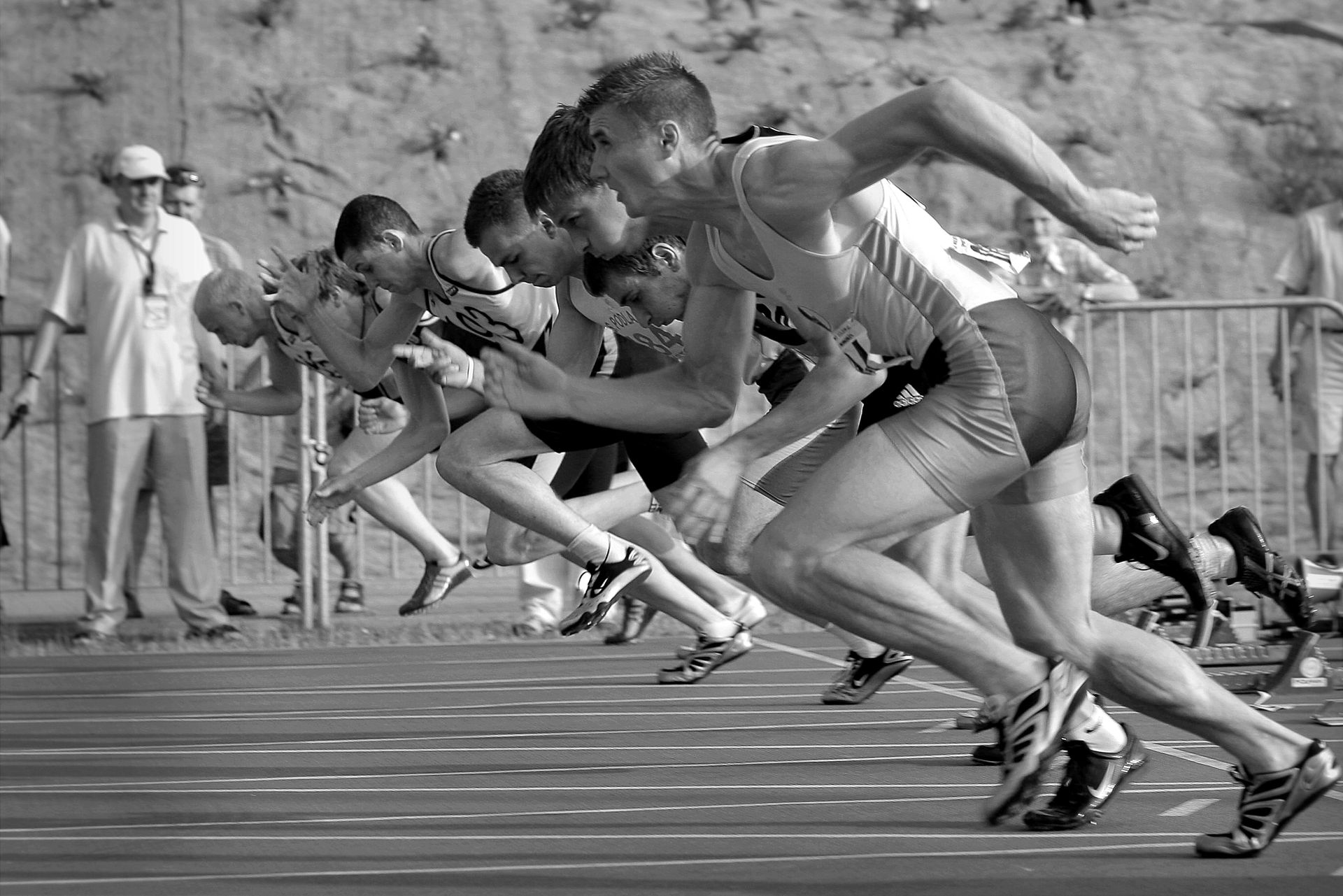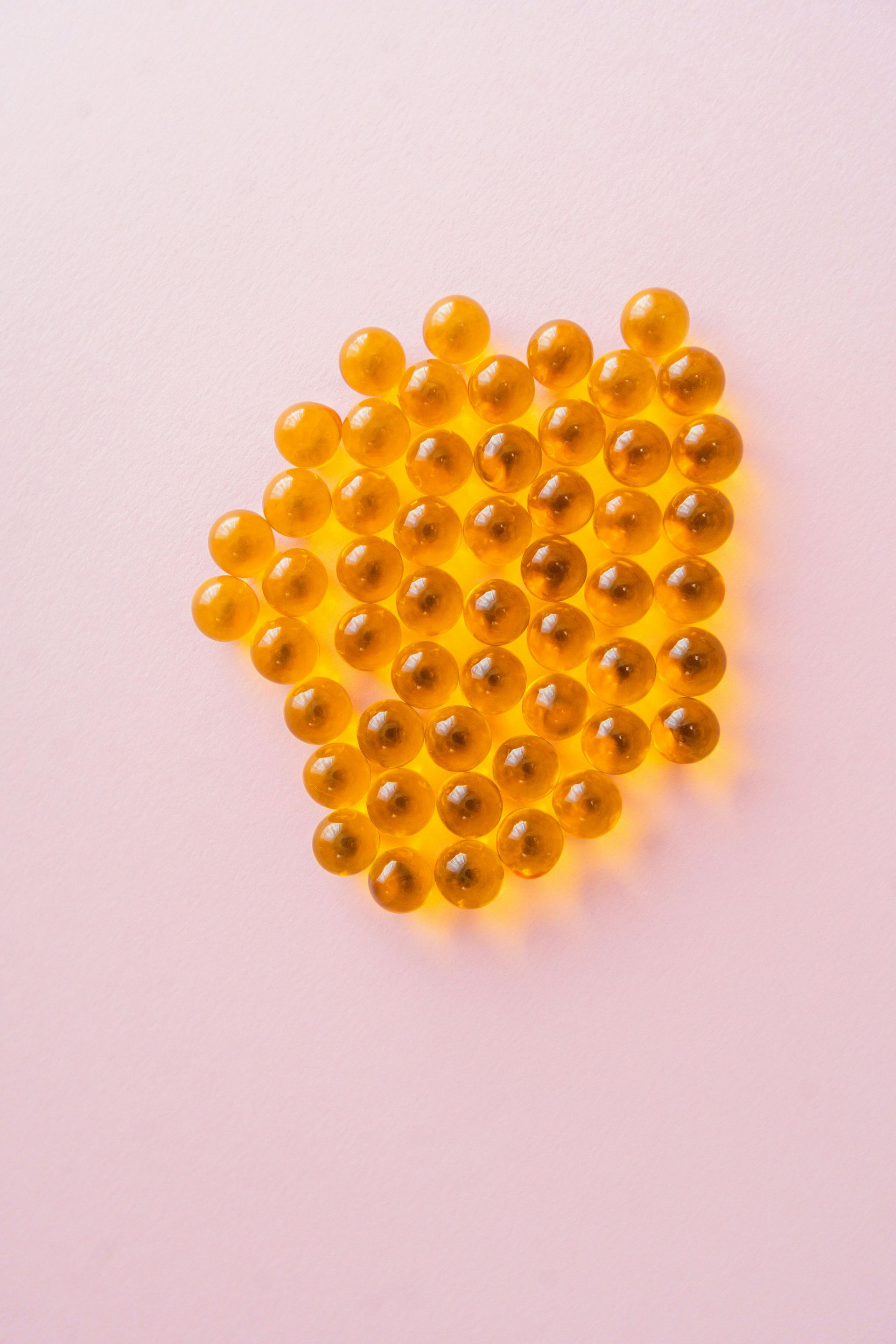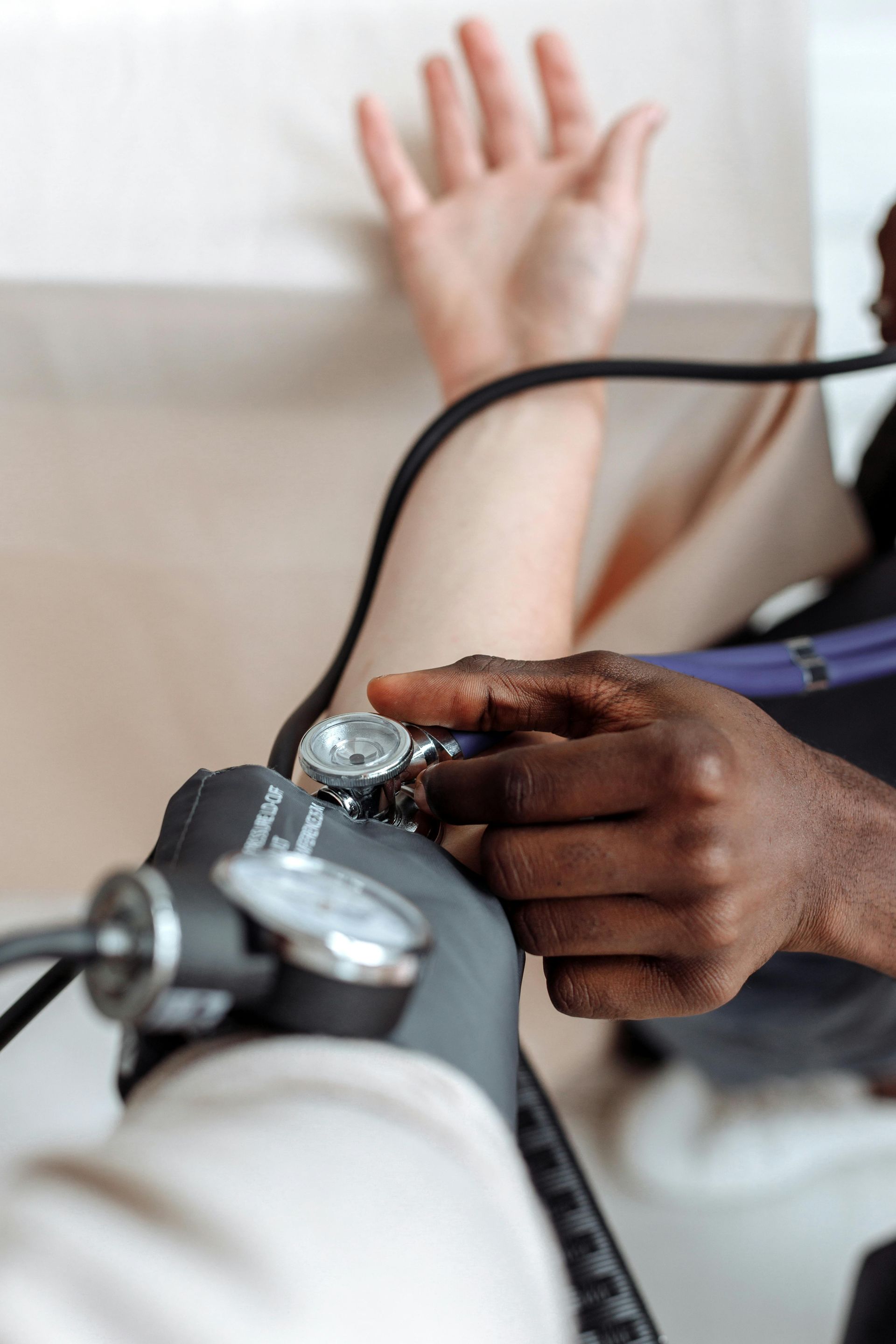Mohamad-Ali Salloum is a Pharmacist and science writer. He loves simplifying science to the general public and healthcare students through words and illustrations. When he's not working, you can usually find him in the gym, reading a book, or learning a new skill.
Can drinking water lead to a Coma and even death?!
Share
As Paracelsus said: “All things are poison, and nothing is without poison; the dosage alone makes it, so a thing is not a poison."
What he meant briefly is that: "The dose makes the poison".
This is true because any substance can be toxic only if it reaches a susceptible biological system within the body in a high enough concentration. This concentration can be in milligrams or in grams. (here comes the concept of potency)
So back to our question, can drinking water lead to a Coma?
The brief answer is “ YES, it can…it rarely happens, but it DOES happen”
But HOW?
Why does anybody want to drink that much water? What is the mechanism?
Let’s talk science now.
This condition is called “Water intoxication”.
·Causes
This excessive hydration happens because of 1
- Endurance exercises (i.e. Marathons, Ultramarathons, Military training, big sporting events…)
- Drug Abuse.
- Iatrogenic (no known cause)
- Cerebral salt-wasting
- Psychiatric conditions (i.e., Compulsive water drinking, aka psychogenic polydipsia)
So excessive hydration for a “normal” person is extremely rare.
·Symptoms
First symptoms of water intoxication:
- Headaches.
- Nausea.
- Vomiting.
Severe symptoms of water intoxication:
- Confusion
- Drowsiness
- Increased blood pressure
- Muscle weakness or cramping
- Difficulty breathing
In severe cases, it can cause seizures, brain damage, Coma, and even death.
·Mechanism
Water is readily absorbed in our digestive system with no obstacles.
Thus, when we drink excessively, water goes directly to our blood vessels, and our blood volume increases.
As we know from basic chemistry, when we add more water (solvent) into a container without adding more solute (minerals or ions), we call this dilution.
In this case, the blood volume increased but the Sodium amount stayed the same, so the sodium in our blood is now diluted.
In normal cases, the range of sodium levels in the blood should be between 135 mEq/L and 145 mEq/L. When the Sodium level decreases below 135 mEq/L, we call this Hyponatremia.
Sodium usually helps to maintain the balance of the fluid inside and outside of the cells.
When hyponatremia occurs, the water will travel from outside to the inside of the cells. And since water has access to all of our body parts with no obstruction, the next target is the brain.
Applying Osmosis Phenomenon, water will move from outside to inside the neurons in our brains, leading to:
- Brain swelling
- Disturbance of electrolyte distribution (Sodium, calcium, potassium,…) inside the neurons.
Thus, normal brain functions will be disturbed which will lead to the symptoms mentioned above.
·How can we know the limit?
The volume of the water is not the problem. The timing is.
The kidney normally excretes 0.8 to 1 Liter of water PER HOUR. 3
Drinking water in a short time more than the kidney can excrete will lead to hyponatremia and thus water intoxication.
Some study reports were as below:
- Soldiers developed symptoms after consuming ~2 Liters of water in 1 hour.4
- Several military cases and three deaths from overhydration and resultant hyponatremia and cerebral edema. All these cases were associated with more than 5 liters (usually 10-20 Liters) of water intake in a period of a few hours. 5
So, make sure that when you are over-sweating or overheating and feeling like you need to drink a lot of water, just limit it to 1-1.5 L per hour. 5
The correct amount of water needed per day differs from person to person and the factors are:
- Body weight
- Level of Physical Activity
- Climate
- Breastfeeding
The National Academy of Medicine recommended in 2004 that:6
- Women aged 19-30 years are to consume ~ 2.7 liters per day.
- Men aged 19-30 years to consume ~ 3.7 liters per day.
You can read more about the daily water intake recommendations here: https://www.medicalnewstoday.com/articles/306638
Resources:
1) Stiefel D, Petzold A. H2O coma. Neurocrit Care. 2007;6(1):67-71. doi: 10.1385/NCC:6:1:67. PMID: 17356195.
2) https://www.mayoclinic.org/diseases-conditions/hyponatremia/symptoms-causes/syc-20373711
3) Hyponatremia caused by excessive intake of water as a form of child abuse. Ann Pediatr Endocrinol Metab. 2013;18(2):95-98. Published online June 30, 2013 ; DOI: https://doi.org/10.6065/apem.2013.18.2.95
4) O'Brien KK, Montain SJ, Corr WP, Sawka MN, Knapik JJ, Craig SC. Hyponatremia associated with overhydration in U.S. Army trainees. Mil Med. 2001 May;166(5):405-10. PMID: 11370203.
5) Gardner JW. Death by water intoxication. Mil Med. 2002 May;167(5):432-4. PMID: 12053855.
6) https://www.nap.edu/read/10925/chapter/6
List of Services
ABOUT THE AUTHOR
Mohamad-Ali Salloum, PharmD
Share
Recent articles:





















